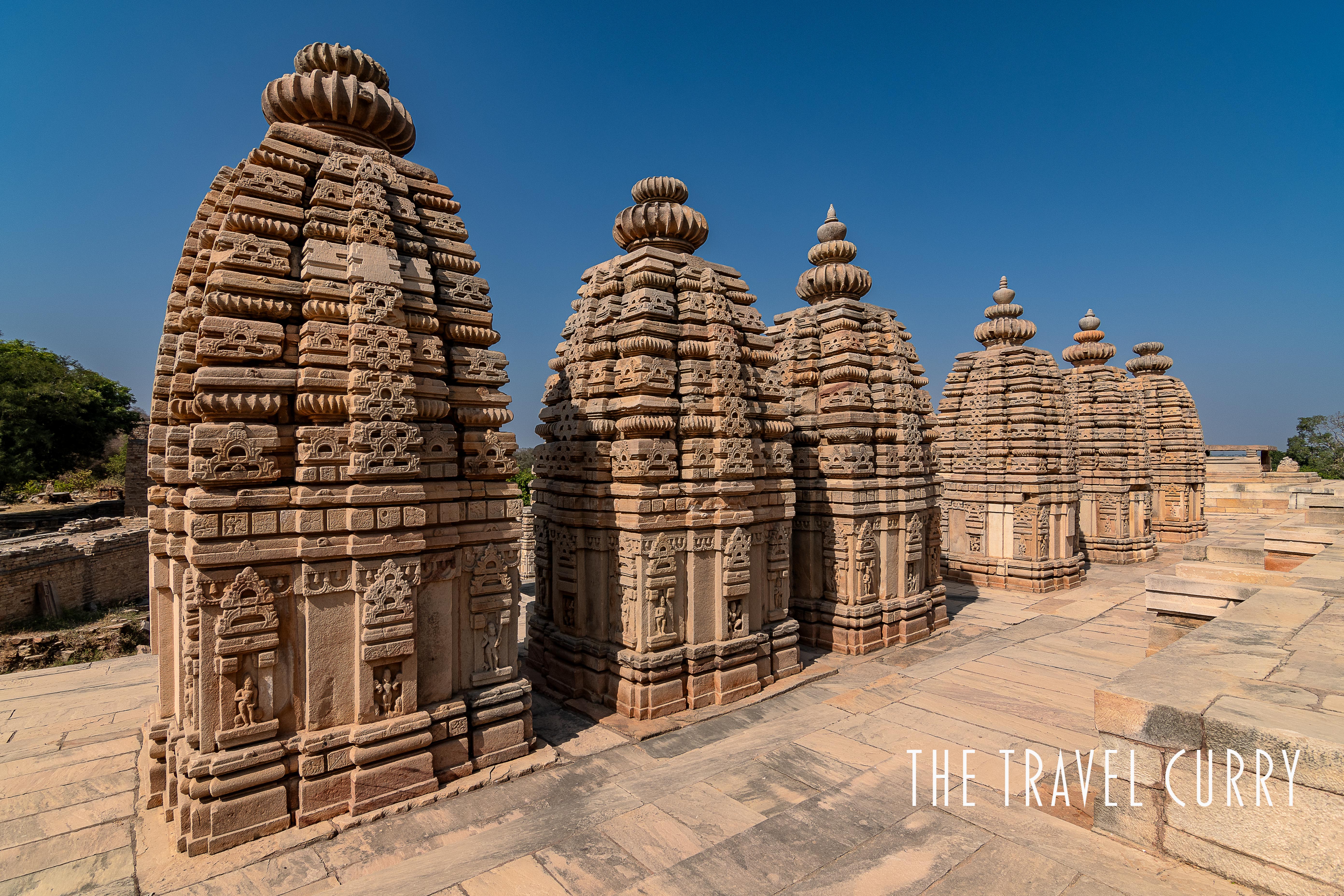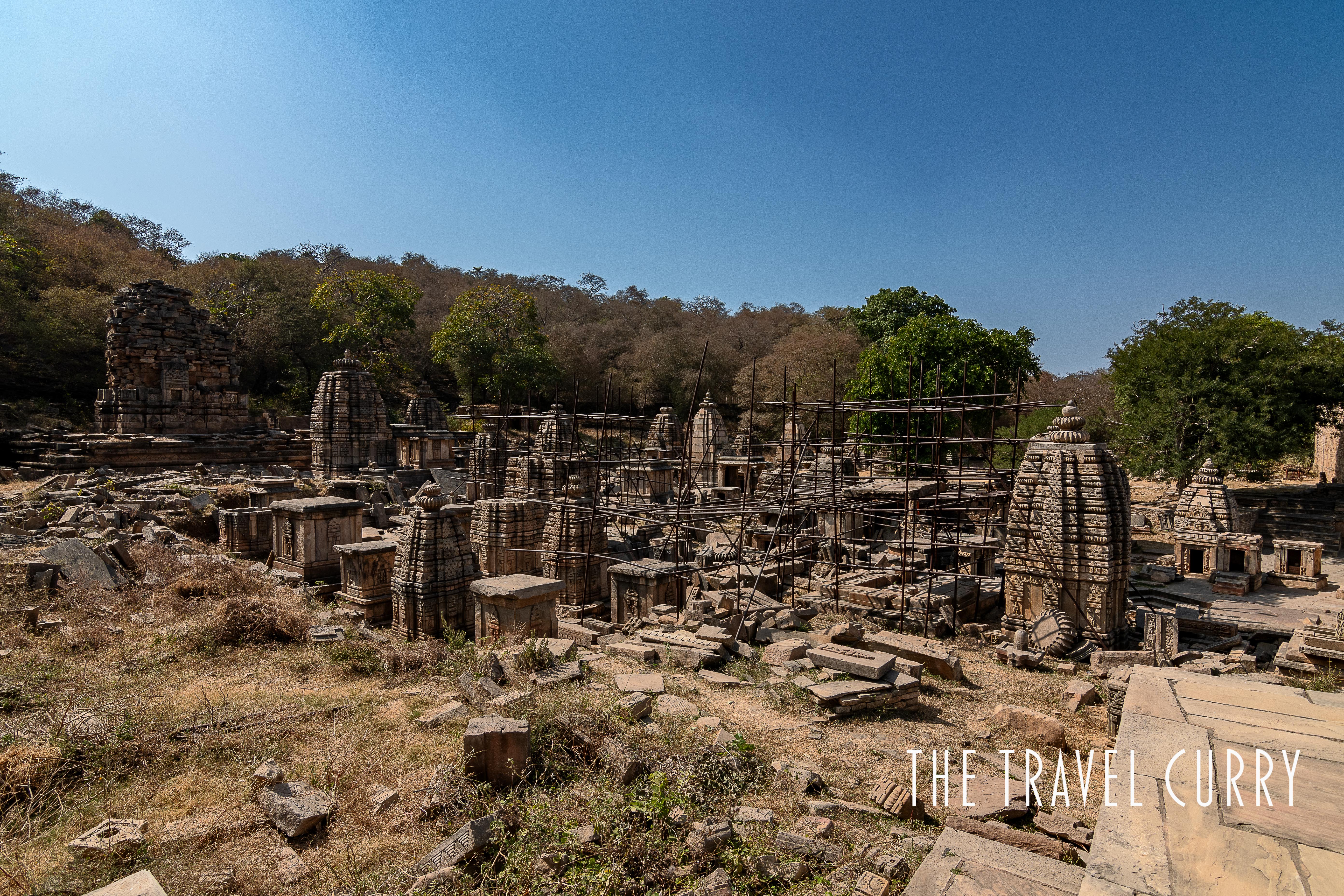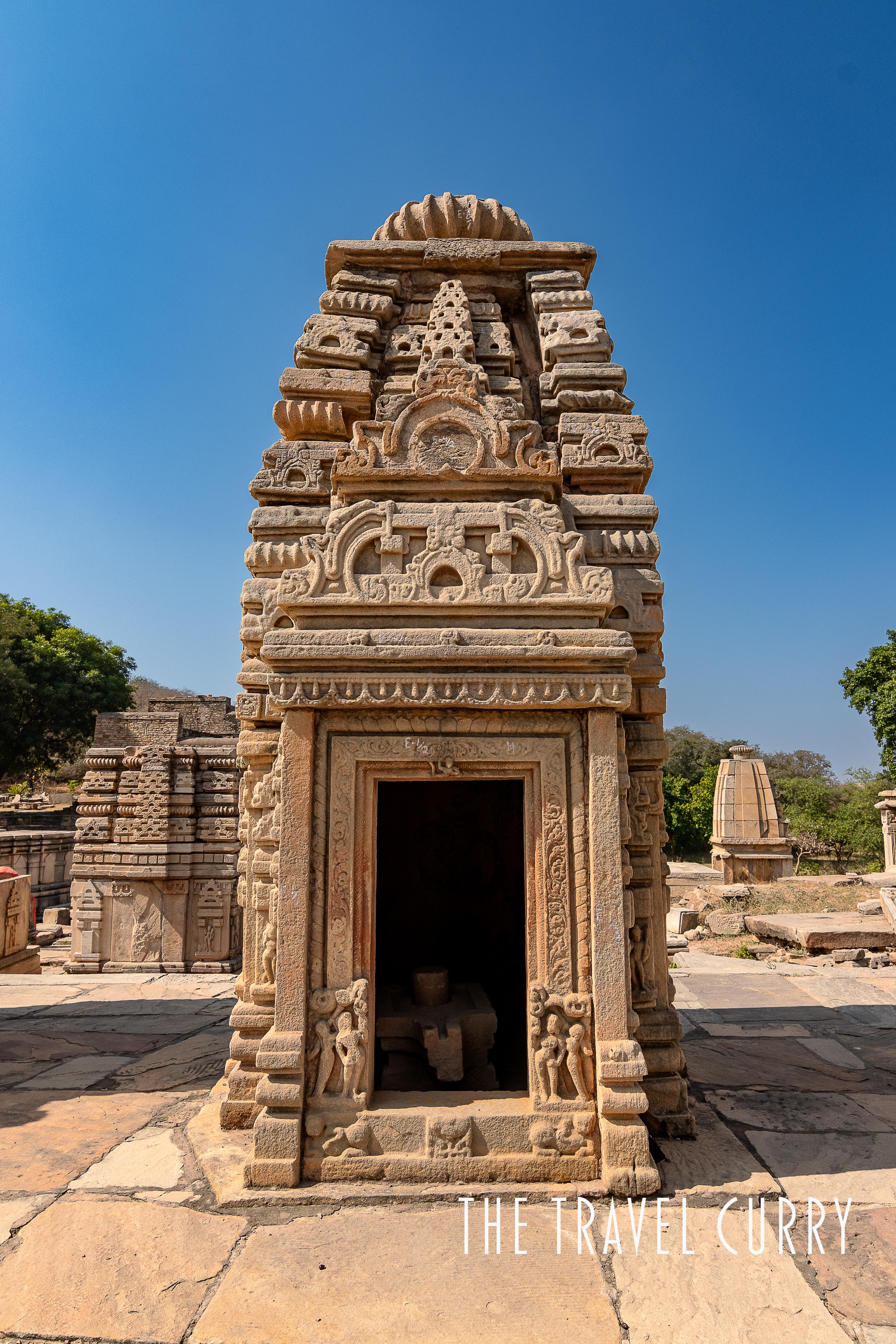
The Bateshwar Group of Temples in Madhya Pradesh, is a collection of over 200 ancient sandstone temples. The temples are known for their unique architecture and are considered to be one of the most significant temple complexes in India. We will delve into the fascinating story of how a dacoit played a crucial role in saving the Bateshwar Temples, making them a must-visit destination for anyone interested in the ancient and unique temples of India.

The Historical Significance of the Bateshwar Temples

Bateshwar Temples holds immense historical significance in the state of Madhya Pradesh. These temples, older than Khajuraho temples, showcase the architectural prowess and cultural importance of ancient India. The intricate carvings and elaborate designs on the temple walls depict scenes from Hindu mythology, providing valuable insights into the religious practices and beliefs of that era. Built between the 8th and 10th century, Bateshwar temples were believed to be destroyed in the 13th century and the reasons are unknown. The temple site was first reported by Alexander Cunningham in 1882 as a group of more than 100 temples in small and large size. Later in 1920, Archaeological Survey of India (ASI) declared it as a protected site.
The historical significance of the Bateshwar Group of Temples lies not just in their physical structure but also in the stories they tell and the knowledge they preserve. Exploring these temples offers a unique glimpse into the rich heritage and cultural legacy of ancient India.
KK Muhammed and his Groundbreaking Archaeological Endeavors

KK Muhammed, an acclaimed archaeologist, played a pivotal role in the restoration and preservation of the Bateshwar Group of Temples. His groundbreaking archaeological endeavors shed light on the historical significance of these temples in Madhya Pradesh. With his extensive knowledge and expertise, Muhammed conducted meticulous excavations to unearth the hidden treasures within the temple complex.
Moreover, Muhammed’s work serves as a testament to the power of archaeological exploration and its ability to unravel the mysteries of our past. Thanks to his endeavors, these temples stand as a living testament to the glorious history and heritage of Madhya Pradesh.

Since 2005, the ASI team’s efforts to identify and restore the site’s remains have produced the following details:
-Reliefs depicting Siva holding Parvati’s hand;
-Reliefs recounting the story of Kalyana-sundaram, Shiva and Parvati’s marriage with Vishnu, Brahma, and others in attendance;
-Small sculptures of women performing on the lute, veena, or drums in Vishnu temples. This implies that women were encouraged to pursue careers in music prior to the eleventh century in India.
-Ambivalent pairs in different phases of passion and closeness (mithuna, kama sequences).
-Secular scenarios like men grappling, riding elephants, and lions.
-Sculptures featuring stories from the Bhagavata Purana. One of them is the Krishna leela depicting Devaki nursing a baby Krishna held captive and watched after by a lady.

Nirbhay Singh Gujjar – A Dacoit’s Unlikely Partnership in Temple Restoration

In the remarkable journey of restoring the Bateshwar Group of Temples, one unexpected character played a crucial role: Nirbhay Singh Gujjar, a dacoit. Gujjar’s unlikely partnership with archaeologist KK Muhammed would prove to be a turning point in the preservation of these magnificent temples.
Gujjar, known for his criminal activities, had a change of heart when Muhammed approached him with the idea of restoring the Bateshwar temples. Surprisingly, Gujjar readily agreed to assist in the restoration efforts, showing a genuine interest in preserving the heritage of his land. Together, Muhammed and Gujjar mobilized a team of volunteers, including former dacoits, to clean the temple premises, remove encroachments, and provide security.
This unusual partnership garnered attention and support from the local community, as well as the government. Gujjar’s involvement not only contributed to the physical restoration of the temples but also brought awareness to the cultural significance of these ancient structures.
Henceforth, the unlikely alliance between a dacoit and an archaeologist exemplifies the transformative power of collective effort and the potential for change in the most unexpected circumstances. Gujjar’s involvement in the restoration of the Bateswar Group of Temples serves as a testament to the ability of individuals to make a positive impact.
Present Day Status and Cultural Impact of Bateshwar Temples
Today, the Bateshwar Group of Temples stands as a symbol of resilience and cultural significance. Most of these structures are replica and reconstructed versions of original. The present-day status of the Bateshwar temples is a testament to the enduring power of human ingenuity and the importance of safeguarding our historical heritage.
The cultural impact of the Bateshwar temples cannot be understated. These temples serve as a pilgrimage site for devotees and a source of inspiration for artists and architects. The intricate carvings and elaborate designs on the temple walls provide a window into the rich tapestry of Indian mythology and spiritual beliefs.
Moreover, the restoration of the Bateshwar Group of Temples has had a profound impact on the local community. It has generated employment opportunities, revived interest in traditional craftsmanship, and fostered a sense of pride in the cultural heritage of the region.
How to reach Bateshwar Temples
Bateshwar or Bateswar temples are located around 40km from Gwalior on Agra-Gwalior Road. The temple site is off the highway amid an industrial area. The time we first visited in 2020, the roads were under-construction and we had reached with great difficulty. Intra connecting roads have been constructed now and it’s a smooth ride now.
The nearest airport is Agra from where you can hire a cab or drive to this site.
